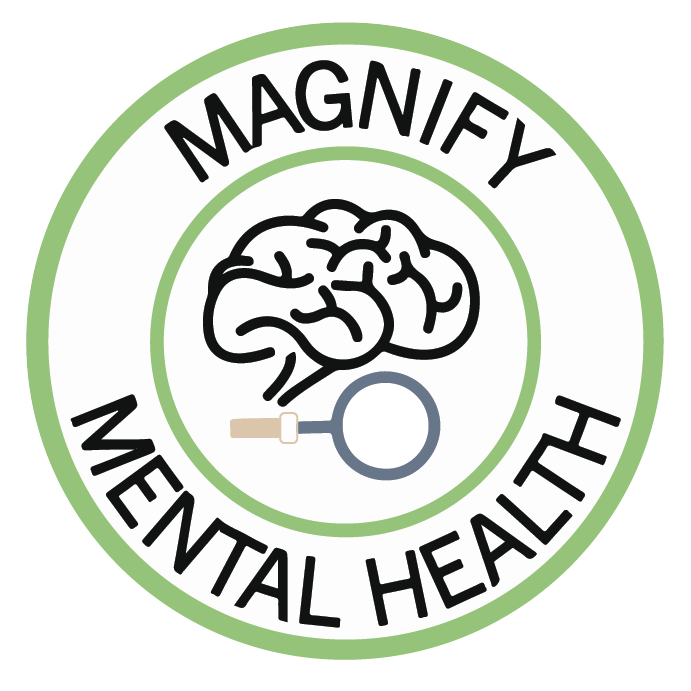Grading Involuntary Treatment Laws by State
Made with Visme Presentation Maker
Created by: Ryan Brong
The guidelines for Involuntary Treatment across the country differ state by state. The Treatment Advocacy Center graded each state's guidelines based on the criteria to admit someone for treatment. Criteria for someone to be involuntarily treated includes guidelines such as:
-
Someone being a clear and present danger to themselves or others.
-
Someone's ability to provide themselves with basic living needs like shelter and food.
Each state has different specific criteria, some states more explicit than those some less. The criteria lays out the guidelines for someone qualifying for involuntary treatment, meaning with less explicit criteria and fewer bullet points, it is more difficult for someone to be involuntarily treated. Without uniform guidelines across the country, depending on the state, the criteria for involuntary treatment becomes more or less strict. This is a heat map shows the grades out of 100. Wisconsin has the highest grade of 96, Maryland the lowest with a grade of 18.

Created by: Ryan Brong
Building New Options
Let’s address the elephant in the room: how can resources be improved in the field of mental health?
As we have explored in the inequities tab, several resources are lacking when it comes to effective mental health treatment, including but not limited to lack of insurance coverage, socio-economic status, and a lack of general resources.
For example, someone living with bipolar disorder may be turned away by several therapists because they do not accept their insurance, and their family does not have the proper funds to pay for their individual visits. Without proper treatment, this person may be left to suffer in silence with her issues. This is because of years of stigmatization that has shaped the viewpoint of others to perceive mental health disorders as less harmful than physical health, despite claims from the Mental Health Foundation that both are equally important. With proper advocacy and awareness around the importance of mental health, insurance companies may begin to understand and realize what a necessity proper mental health treatment is, so fairer coverage will be installed, allowing people to acquire the treatment and help that they need.
Similarly, on a financial level is those who suffer from their own socio-economic status. Many homeless people struggling with mental health complications are left unable to get the resources they need, and oftentimes end up in prison as a result. For those who truly do not have the available funds, more resources for emergency options should be available. Homeless shelters exist to help those without homes survive on a physical level, while it’s apparent that similar shelters need to exist to help people survive on a mental level. As indicated by the National Alliance on Mental Illness, an estimated 26% of homeless adults staying in shelters live with serious mental illness and an estimated 46% live with severe mental illness and/or substance use disorders. With proper attention, therapy, and even the possibility for medication, those affected by socioeconomic status may have a stronger outlook on their surroundings as a whole, and may even be equipped with the confidence and optimism that can help their situation in general.
A lack of general resources can touch upon several things, including the absence of mental health programs in prisons, educational facilities and work environments. Often times these are the environments where mental health treatment is needed the most. Some prisoners may suffer from truly debilitating mental health issues but do not truly belong in such an environment, yet they may be forced to spend extended periods of time behind bars without the opportunity for improvement. Mental health disorders tend to arise in adolescence, yet, many middle schools and high schools fail to intervene outside of the designated counsellor. With creating resources, we must make it the norm for mental health to be included in all aspects of life.
Written by: Eric Stone


This work is licensed under a Creative Commons Attribution-NonCommercial-NoDerivatives 4.0 International License.

